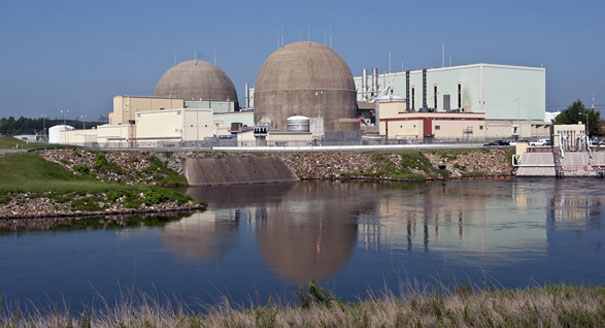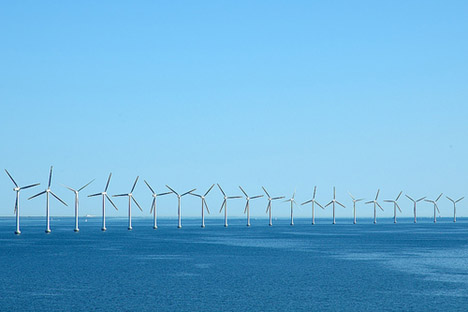 Andrew Restuccia and Ben German reported (here) on E2 Wire, “the Hill’s Energy & Environment Blog” that:
Andrew Restuccia and Ben German reported (here) on E2 Wire, “the Hill’s Energy & Environment Blog” that:
Two nuclear reactors at the North Anna Power Station in Louisa County, Va., automatically shut down Tuesday shortly after a magnitude-5.9 earthquake shook the state and surrounding area.
The plant lost offsite power and is now running its cooling systems on diesel generators….
A dozen nuclear plants in the eastern part of the United States have declared “unusual events” because of the earthquake.
It’s good to know that the diesel powered emergency cooling systems are operational, and the operators (presumably) have sufficient fuel to keep the cooling systems running during the emergency.
But …
- How long will the plants be offline?
- Don’t we need the power those plants would generate during and in the immediate aftermath of an earthquake?
 This illustrates a major problem with nuclear power:
This illustrates a major problem with nuclear power:
Rather than enhance the security of the grid and infrastructure nuclear power must be shut down during certain classes of emergency.
A 1.0 gigawatt nuclear power plant is made up of one or two reactors. Both must be shut down during an earthquake, however, as we saw from the melt-downs in Japan, the emergency cooling system must stay up. A 1.0 gigawatt wind farm is made up of 286 separate and discrete turbines of 3.5 mw each. A 1.0 gigawatt solar farm is made up of 5 million 200 watt modules and thousands of inverters. These are made up of hundreds or thousands of identical modules. Like nuclear power plants, they can be engineered to withstand earthquakes. But unlike nuclear power plants THEY DON’T NEED EMERGENCY POWER DURING THE EMERGENCY! And even if a few solar modules or wind turbines fail due to an earthquake and aftershocks, most will come on after the storm! And there is no fossil fuel based emergency cooling system needed for solar power or wind power systems!